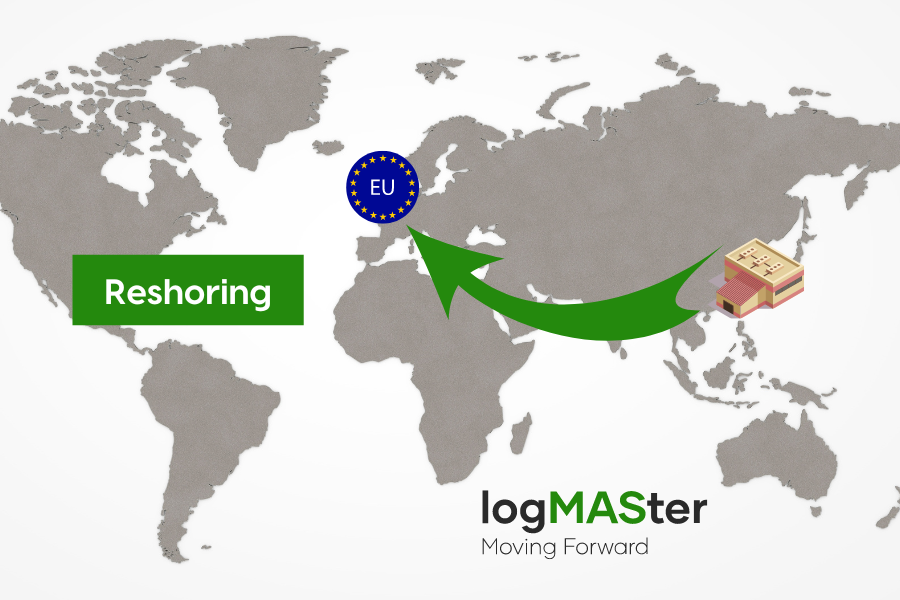More and more European companies are bringing back production to Europe or in the US that was previously outsourced to Asian countries offering the cheapest workforce.
While cheap workforce is a competitive advantage for companies, for example in the UK more than one third of consumers are willing to pay more for the goods that come from a country where human rights are respected and acceptable wages are being paid to employees. In addition, the coronavirus epidemic showed the vulnerability of continental distance supplier chains, according to the Consultancy.eu news portal citing a survey by Buck Consultants International earlier last year.
Thus, Reshoring has been on the agenda since the outbreak of pandemia. As Buck discovered as a novelty is that the pace of the resettlement is accelerating. According to a survey published by Global Reshoring & Footprint Strategy, more than 60 percent of companies are expected to bring part of their activities back from Asia to the US or Europe. One-fifth of them expects reshoring of most of the production in the coming years. Especially from China, industrial activity can travel back to the starting areas.
General wording is justified because companies do not necessarily return to their homeland, but sometimes they only prefer to get closer to their headquarters. Central and Eastern Europe can be one of the biggest winners of this process. Although the wage costs of the countries of the region are higher than the price of Asian labor, companies in the shadow of pandemia may consider flexibility and proximity to be more important than wage costs. And this transformation can bring changes in shipping and warehousing needs.
Our VMI product at logMASter is aimed to suppliers who must deliver – just in time to their buyers’ production sites. We will import the goods, take care for temporary storage, arrange clearance, inventory and preparation of the consignments in our warehouse and goods is going to be handed over at the time and place which is appropriate to the manufacturer’s order – exactly where and when the product is needed for production.
